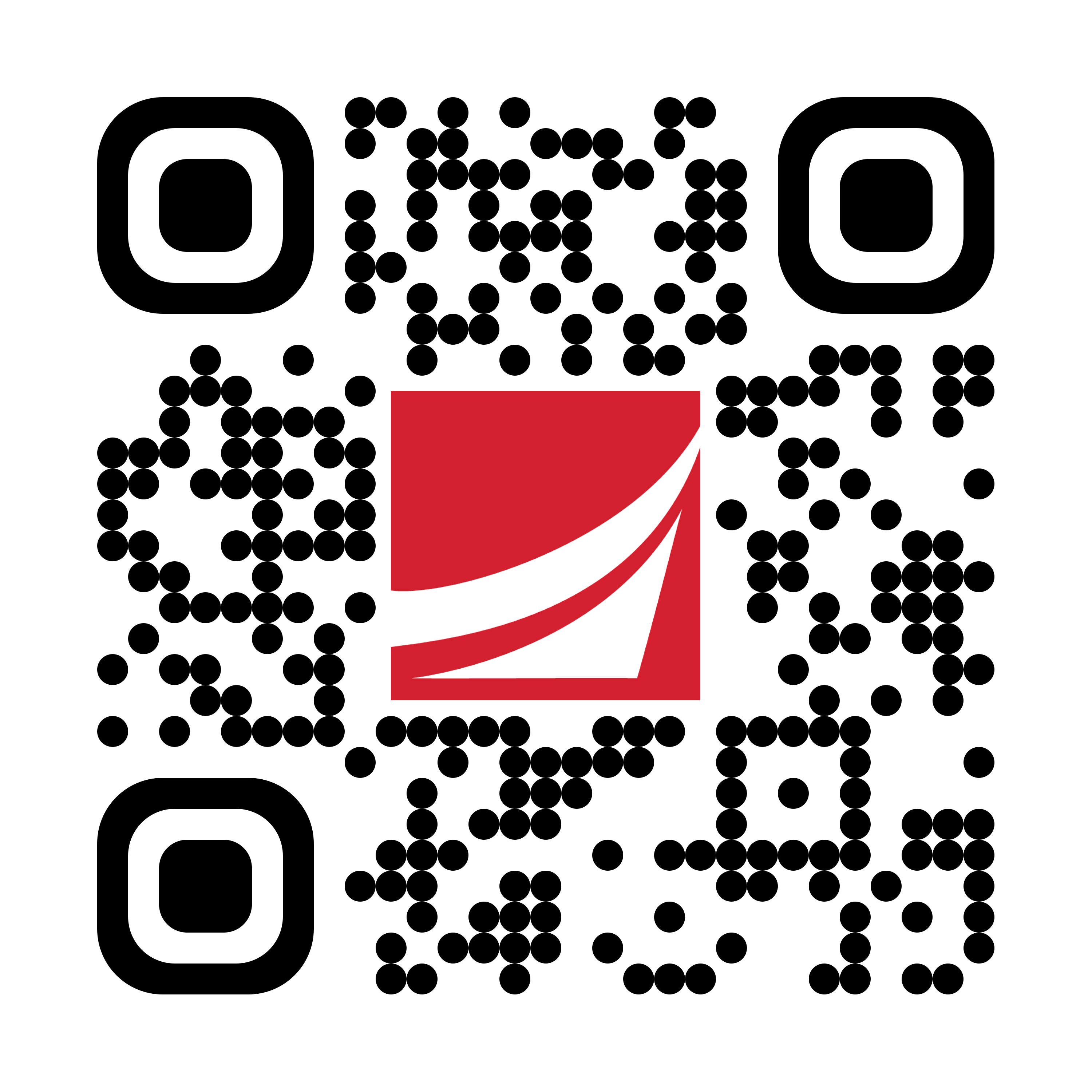
Banking from your phone?
Download our app
Welcome Back
You can access your accounts here.

Banking from your phone?
Scan the code to download our app.

not featured
2021-09-07
Savings & Budgeting
archived
Three Types of Savings Accounts and How to Use Them


-
Saving money isn’t easy -- it’s something that most of us probably wish we were a little better at. But sometimes, life can get in the way. Whether it’s monthly bills, groceries, activities for the kids, or even an unexpected PCS move, sometimes it feels like there’s nothing left to go into savings. But learning about the different types of savings accounts can help you get started with a solid strategy for saving money.
At Armed Forces Bank, we offer three different types of savings accounts: traditional savings accounts, money market accounts, and certificates of deposit (CDs). Learn about the different types of accounts, how they work, and what to keep in mind when choosing that account type.
Savings Accounts
You are likely already familiar with savings accounts, but here’s a refresher. Savings accounts let you securely set your money aside for safekeeping. You can also earn interest by leaving your money in a savings account, though the interest may not be a very large percentage of your deposit.
Savings accounts are different from checking accounts because they aren’t typically linked to a method of payment, such as a debit card or checkbook. But you can often link your savings account to help protect you from overdraft penalties. That way, if your checking account balance is too low, your savings account can make an automatic transfer into your checking account, preventing you from having to pay overdraft fees.
Why put your money in a savings account? One reason is that it encourages you to touch your money as little as possible -- allowing your money to grow. That means the money is there when you need it, but try to use it only when really necessary.
Money Market Accounts
Another type of savings account is a money market account. Money market accounts have some similarities with both traditional savings accounts and checking accounts. For some people, money market accounts are the best option because they provide the best of both worlds.
Like savings accounts, money market accounts can earn interest. But one of the main benefits of a money market account is the fact that they often earn higher interest than traditional savings accounts. However, money market accounts often have higher balance requirements in order to earn that higher rate.
More similarly to a checking account, money market accounts may give you the option to get an ATM card and/or a checkbook. This gives you easier access to your funds because you can use them more readily.
Certificates of Deposit (CDs)
The last type of savings account is a Certificate of Deposit, or CD. CDs have some similarities to money market accounts. For example, they both have a minimum deposit or balance requirement.
However, the biggest difference between CDs and the other types of accounts is that they have what’s called a “maturity date.” That means you have to leave your funds in the account until the CD is considered mature, which happens on a specified date. If you don’t, you’ll have to pay an early withdrawal penalty. In most cases, maturity dates for CDs are somewhere between three months and five years. The longer you leave your money in the account, the more interest you’ll be able to earn.
CDs may actually be able to earn you a higher interest rate than the other two types of savings accounts we’ve mentioned. When you commit to leave your money in the CD for a specific period of time, you’re essentially allowing the bank the option to borrow your money during that time. The tradeoff is higher interest for you, but also restricted access to your money.
A CD might be right for you if you want to earn some interest on your savings in a low-risk way. But they’re best when you don’t need immediate access to those funds.
What to Keep in Mind About All Three Account Types
What do savings accounts, money market accounts, and CDs have in common? All of them pay interest, though the amounts may vary and depend on a few different factors. And one important thing to know is that they are all insured by the Federal Deposit Insurance Corporation, or FDIC, up to the maximum amount allowed by law. That means there’s relatively low risk when it comes to saving your money in any of these account types.
So how should you choose which type of account is right for you? Be sure to keep this in mind: there’s no need to choose just one! You can have all three types of accounts open at the same time. Depending on your personal situation, having your money saved in multiple types of savings vehicles could be a useful strategy that helps you achieve your financial goals.
Get Started Saving With Armed Forces Bank
At Armed Forces Bank, we’re working hard to be your go-to partner when it comes to your financial goals. We’re happy to answer your questions about different savings account types, and we’ll even help you set up the account(s) that’s right for you.
Learn more about Armed Forces Bank’s savings account options.
Member FDIC